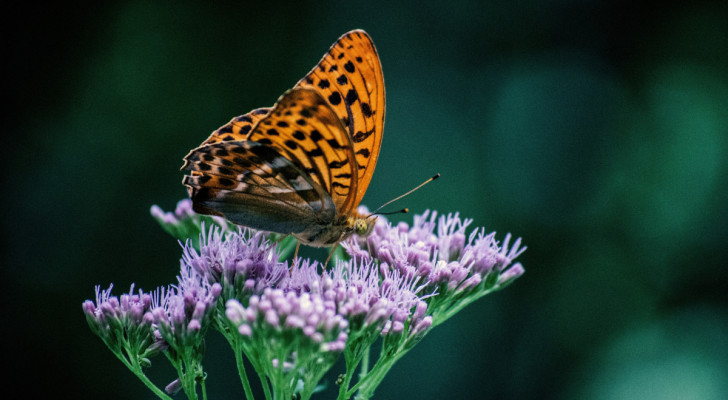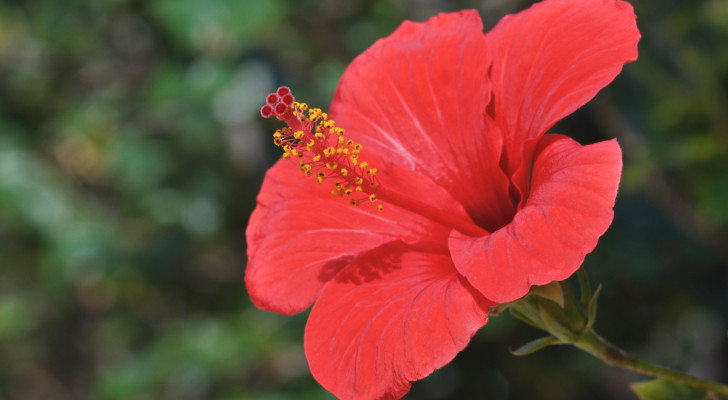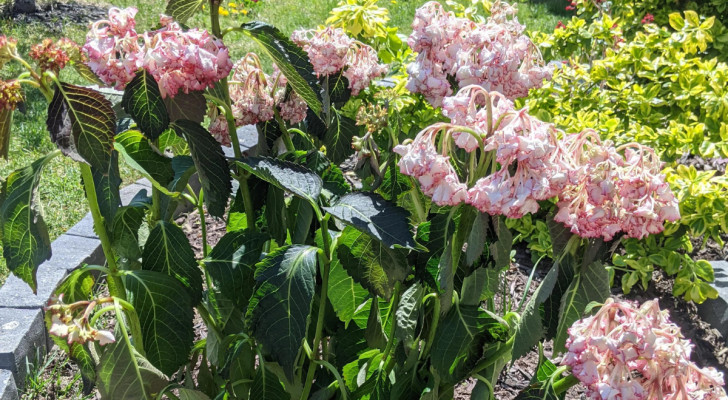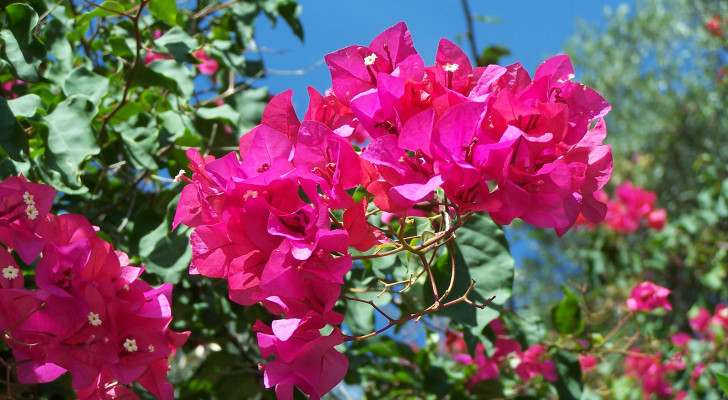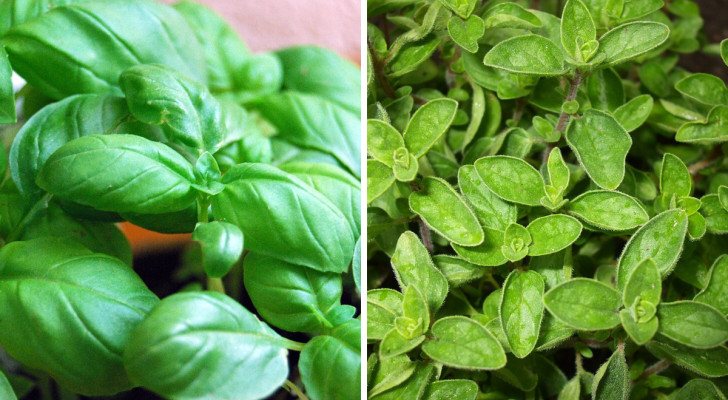Layered landscaping: a horticultural technique that will make your garden look stunning
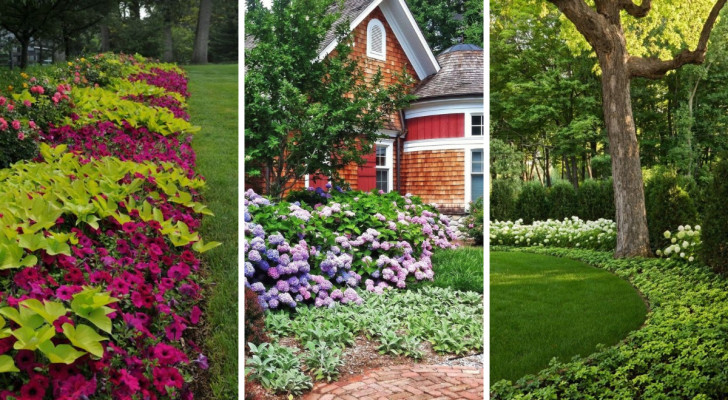
What is "layered landscaping"? Well, it is a landscape planning technique that takes into account the sizes of the plants - specifically the maximum size that they reach once they have matured. These measurements are used to determine where best to plant the different varieties.
In short, a layered landscape arranges plants in a graduated, layered manner, starting from foreground ground-cover/low plants and gradually moving up in height to large canopy trees in the background. This method enhances garden aesthetics, supports biodiversity, and promotes soil health by carefully selecting plants for their height and blooming seasons.
What is "layered landscaping" in simple terms?
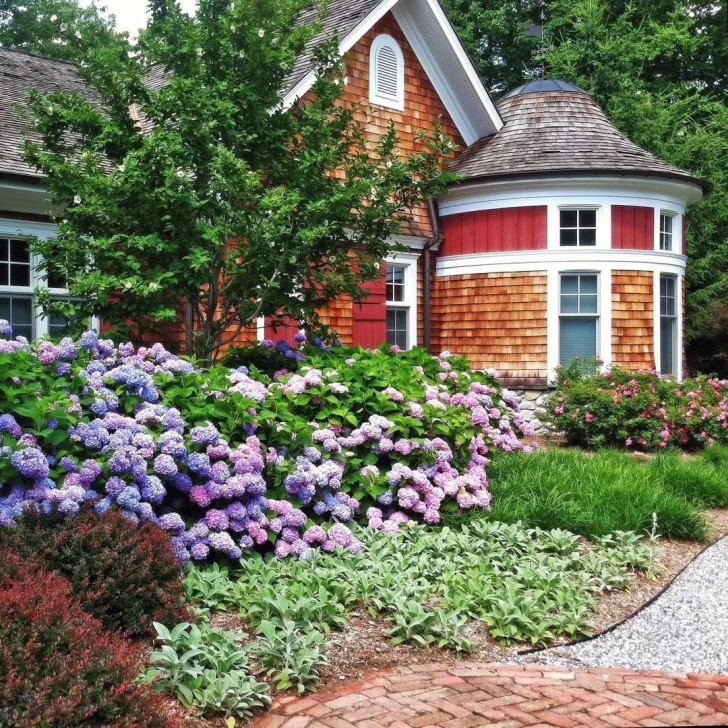
Struggling to understand this concept? Well, think of it like taking a photograph: the tallest people are usually positioned in the back and shorter people stand in front of them, in the foreground. Layered landscaping works on the same principal.
The overall effect of layer landscaping is to create a graduated, harmonious look and feel.
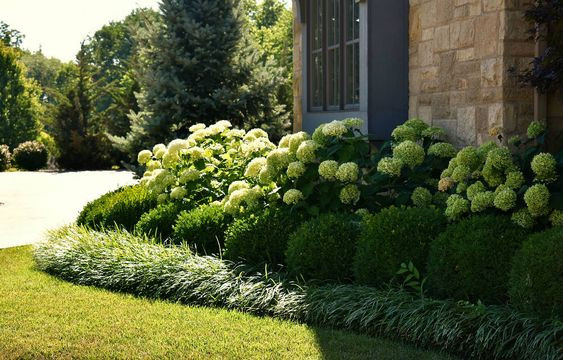
Let's say you want to set up an area with shrubs that are fairly large and bloom from mid-spring onwards, like hydrangeas, for example. Even if these shrubs don't appear "bulky" in autumn and winter, in spring, they will fill out significantly. In this case, just some ground-cover plants in front of the hydrangeas will be enough to complete the overall look you're going for!
Patience and moderation: don't overdo things
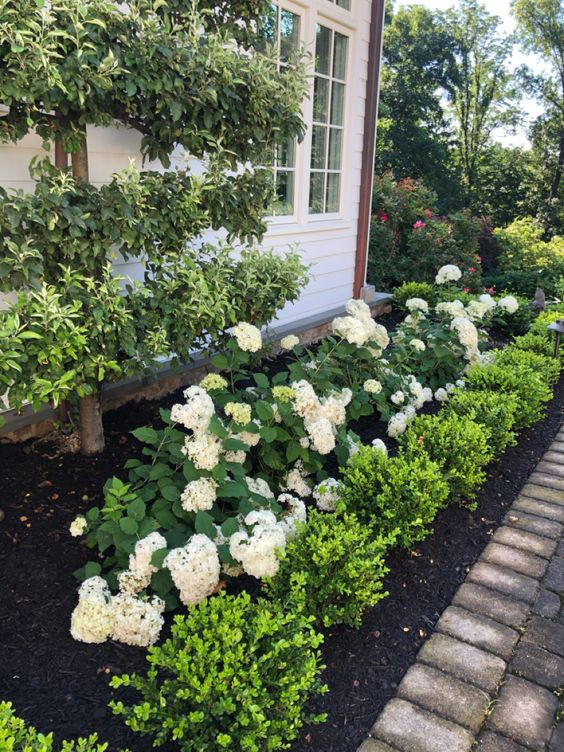
A well-planned garden is the result of thorough research and patience. So, to get the desired final effect with your layered areas, you have to plan well and be patient. When you purchase plants, you are usually also given important information about how best to care for them.
After planting, a flowerbed might look a bit bleak. But, as spring rolls around, your flowerbed will become a wonder to behold as the plants thrive and bloom.
Don't ignore using common ground covers
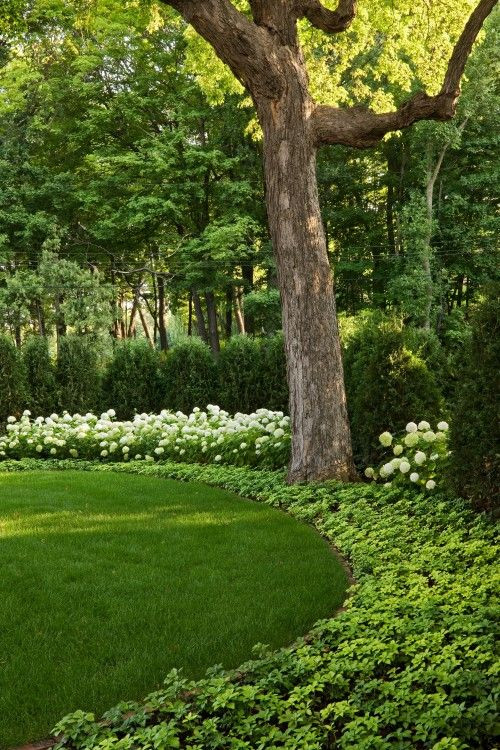
There are many plants that are perfect to serve as ground covers. One of these is the much-maligned ivy. And if you don't like ivy, you can use wild thyme, sedum or woodruff, for example. These ground-cover plants are perfect for creating the first level in your layered landscaping project.
Mixture of flowers and leaves

Considering that there are very few plants that flower for more than a couple of months, don't focus only on these plants: remember that there are many plants with spectacular leafy foliage you can use (like coleus, for example). Using a mixture of these two types of plants will ensure your flowerbeds will be beautiful all year round.
Layering also works for flowerbeds in the middle of the garden
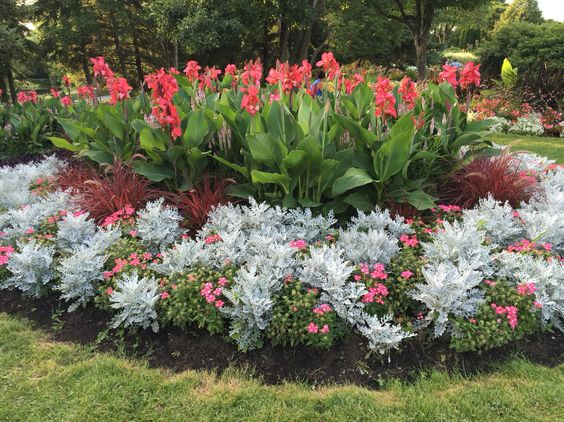
Landscape layering also works well for round flowerbeds which are placed in the middle of the garden/lawn are and far from walls and fences.
... And also on slopes and terraced gardens
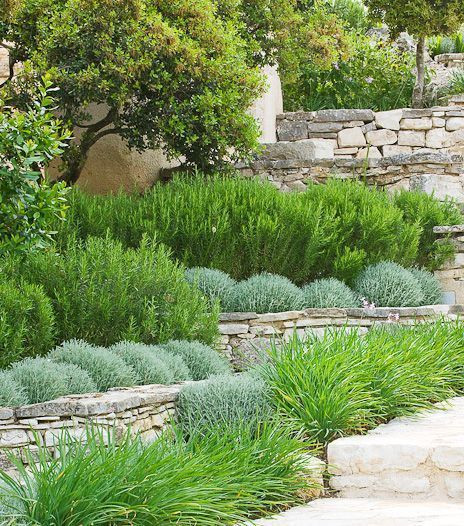
No matter the type of garden you have - flat, sloped or terraced - layered landscaping can help enhance your property.
All green
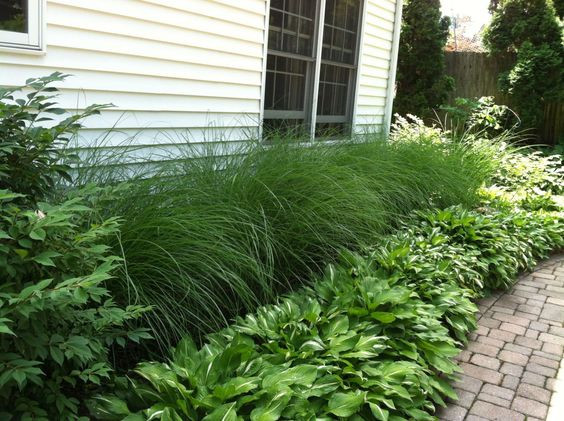
Hostas and Haekonechloas are amongst the names you will come across when looking for all-green plants to fill the spaces in your garden. Beautiful in their own right, these plants are perfect suited for layered landscaping.
Topiary
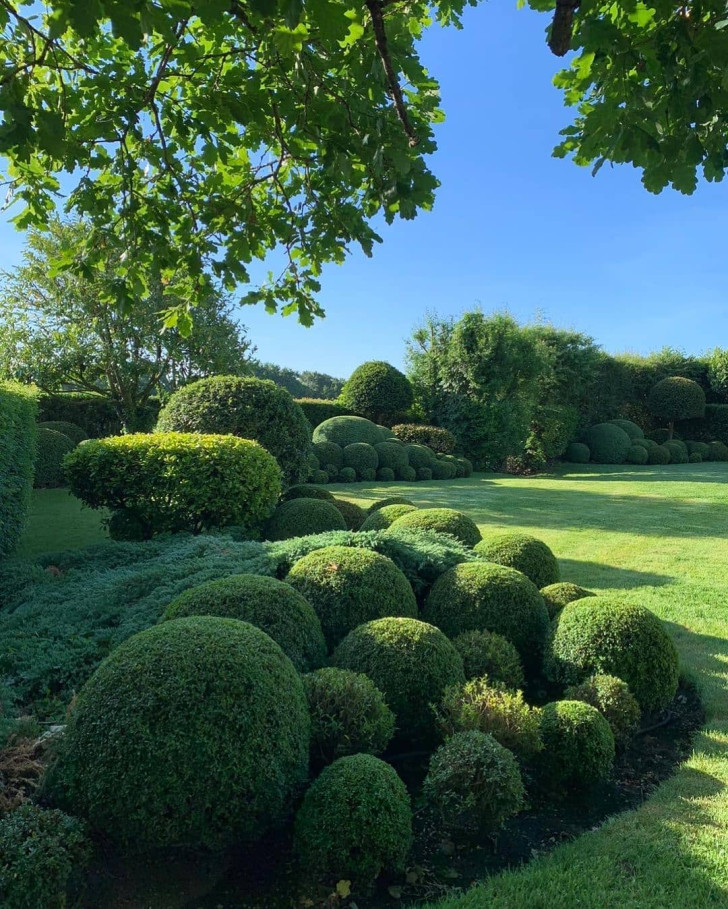
Imagine how bland the scene shown here would be if each plant was the same size - the plants in the foreground would block the view of the rear. But some "strategic topiary" has solved this problem in this example.
Invisible layering: a perfect, English garden
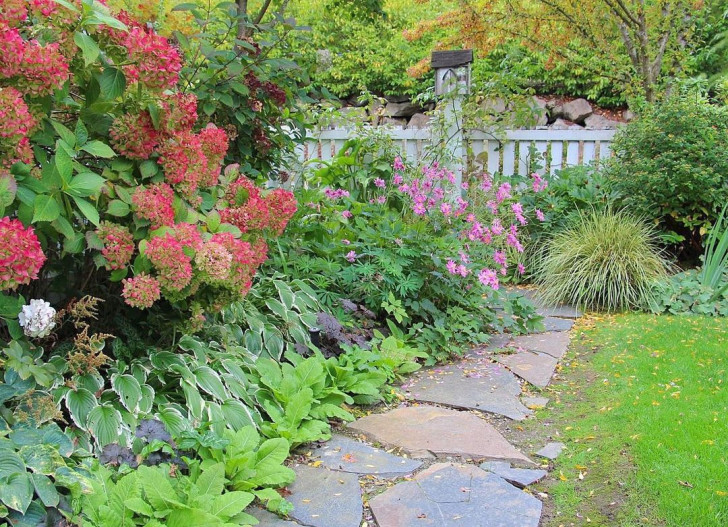
The type of garden that made "garden layering" an artform are the so-called "English" gardens. The traditional Anglo-Saxon approach to gardening, is to create a landscape where nature seems to grow completely spontaneously. However, English gardens are the result of careful planning and layering that aims to give the impression of naturalness.
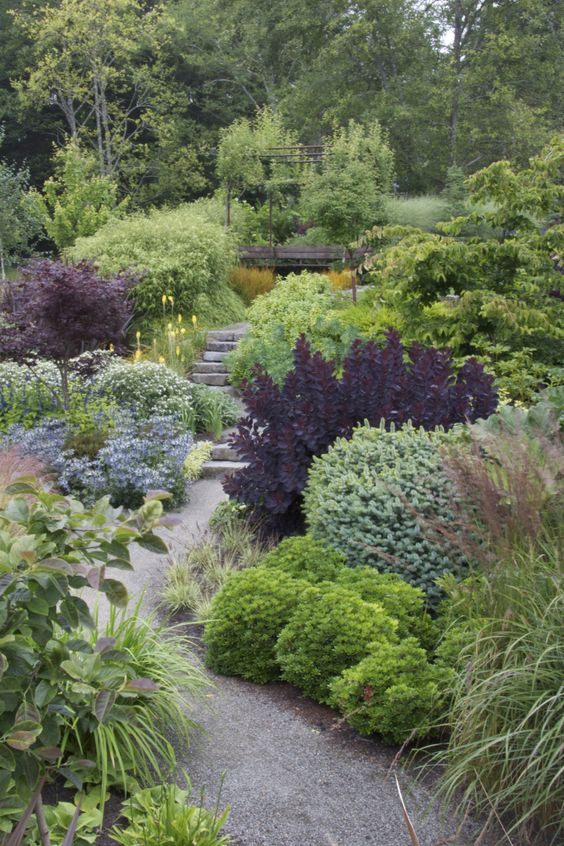
Now you know what layered landscaping is, why not give it a try?
